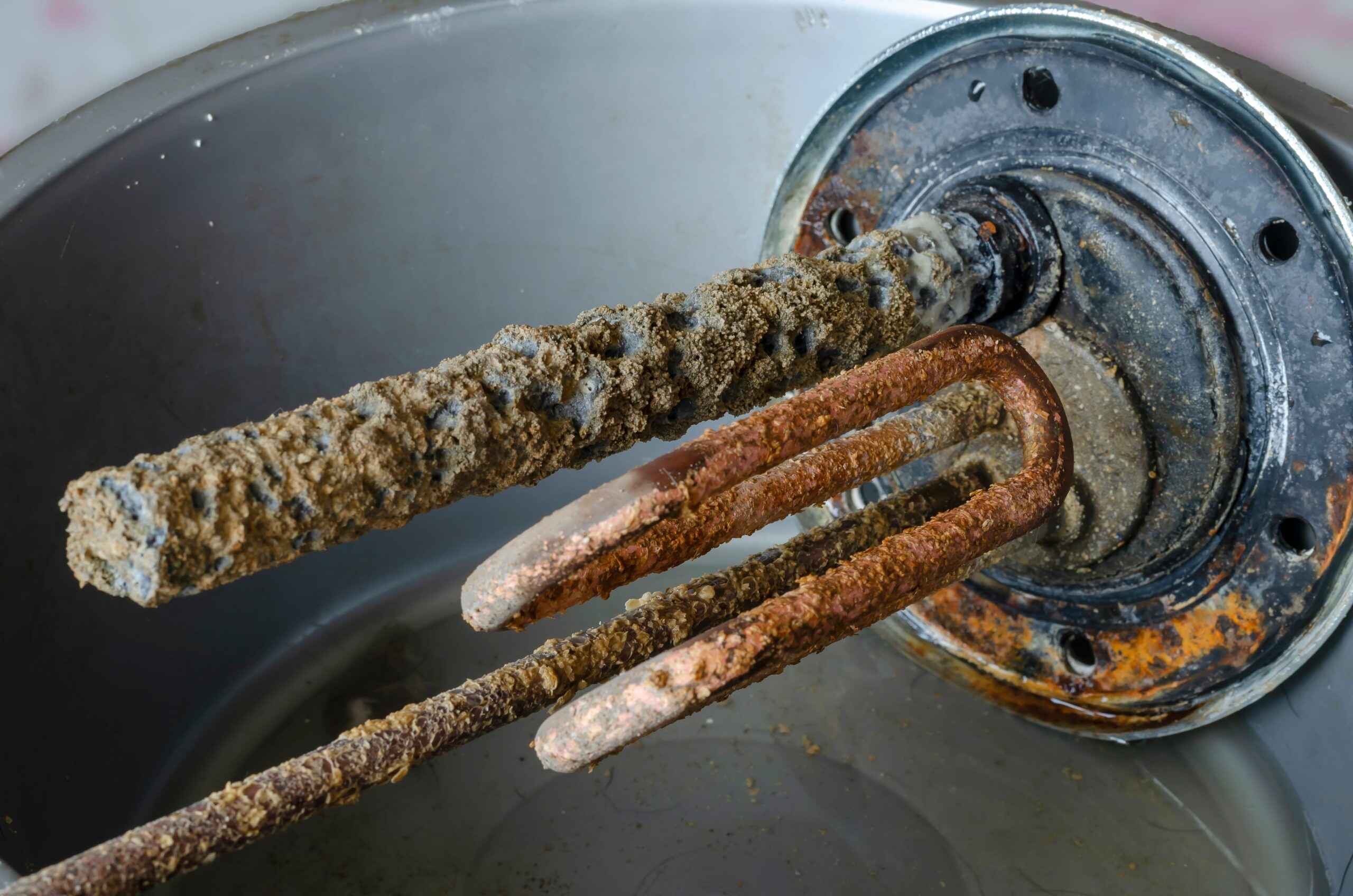

Articles
What Does An Anode Rod In A Water Heater Do
Modified: October 22, 2024
Learn what an anode rod does in a water heater and why it is essential for preventing corrosion. Discover more in our informative articles.
(Many of the links in this article redirect to a specific reviewed product. Your purchase of these products through affiliate links helps to generate commission for Storables.com, at no extra cost. Learn more)
Introduction
An anode rod is a crucial component in a water heater that often goes unnoticed. While most homeowners are aware of the importance of regular maintenance for their water heater, few understand the role played by the anode rod in prolonging its lifespan. In this article, we will explore what an anode rod is, its role in water heaters, how it works, the importance of proper maintenance, signs of a damaged anode rod, and the process of replacing it.
Water heaters are an essential part of our daily lives, providing hot water for showers, cleaning, and cooking. However, the water inside the tank can be corrosive, especially if it has a high concentration of minerals. If left untreated, this corrosion can lead to leaks, rust, and the need for a premature replacement of the water heater. Fortunately, the anode rod serves as a sacrificial element that protects the tank from corrosion, extending the life of the water heater.
Key Takeaways:
- Regular maintenance of the anode rod is crucial to protect water heaters from corrosion, extend their lifespan, and improve energy efficiency, ultimately saving homeowners money on repairs and replacements.
- Signs of a damaged anode rod, such as corrosion buildup, rusty water, or unusual odors, should prompt immediate action to prevent further damage and ensure the continued efficiency of the water heater.
Read also: 9 Amazing Water Heater Anode Rod for 2025
What is an Anode Rod?
An anode rod is a long, metal rod typically made of aluminum, magnesium, or a combination of metals. It is inserted into the water heater tank and is designed to attract corrosive elements, preventing them from attacking the tank walls. The anode rod acts as a sacrificial element, sacrificing itself to protect the more critical components of the water heater.
The selection of the material for an anode rod is crucial, as it determines how effective it will be at preventing corrosion. Aluminum anode rods are commonly used in areas with soft water, as they are more efficient at combating corrosive elements like sulfate and chloride. Magnesium anode rods, on the other hand, are better suited for hard water areas, as they effectively counteract mineral buildup and rust formation.
The length of an anode rod may vary depending on the size of the water heater tank. It is essential to check the manufacturer’s recommendations or consult a professional to ensure you choose the correct size and type of anode rod for your specific water heater.
In addition to traditional water heaters, anode rods are also used in tankless water heaters and other types of water heating systems. These rods play a crucial role in protecting the heating elements and internal components from corrosion, ensuring the longevity and efficient operation of the system.
Role of Anode Rod in Water Heaters
The primary role of an anode rod in a water heater is to prevent corrosion and protect the tank from damage. Water heaters are typically made of steel, which is susceptible to corrosion when exposed to water and certain minerals. Corrosion can cause the metal to weaken, develop leaks, and ultimately lead to the need for a replacement.
The anode rod acts as a sacrificial element, attracting corrosive elements to itself and diverting them away from the tank walls. This process is known as electrolysis. By sacrificing the anode rod instead of the tank, the anode rod essentially extends the lifespan of the water heater.
As water flows through the tank, it reacts with the anode rod, which is made of a more reactive metal compared to the tank itself. This reaction creates an electrochemical process where the anode rod corrodes instead of the tank. The anode rod essentially corrodes at a faster rate, protecting the tank from the damaging effects of corrosion.
The role of the anode rod becomes even more critical in areas with hard water, high mineral content, or aggressive water conditions. In these situations, the anode rod helps to counteract the corrosive elements in the water, reducing the risk of rust and deterioration in the tank.
Without a functioning anode rod, the sacrificial protection is lost, and the tank becomes vulnerable to corrosion. This can lead to leaks, reduced efficiency, increased energy consumption, and ultimately, the need for a costly water heater replacement.
Regular inspection and maintenance of the anode rod are essential to ensure its effectiveness. By monitoring and replacing the anode rod as needed, homeowners can prolong the life of their water heater and avoid expensive repairs.
How Does an Anode Rod Work?
The workings of an anode rod in a water heater can be understood through the process of electrolysis. When an anode rod is placed in a water heater tank, it acts as a sacrificial element, attracting corrosive elements and diverting them away from the tank walls.
Inside the water heater tank, the anode rod undergoes a chemical reaction in the presence of water and minerals. The exact process varies depending on the type of anode rod material used, either aluminum or magnesium.
If an aluminum anode rod is used, it reacts with the water to create aluminum hydroxide. This reaction results in the release of electrons, which are attracted to the positive terminal of the water heater tank, preventing the tank from corroding.
Alternatively, if a magnesium anode rod is used, it reacts with the water to produce magnesium hydroxide and hydrogen gas. The hydrogen gas is released into the water, while the magnesium hydroxide precipitates and settles at the bottom of the tank. This reaction prevents the minerals in the water from causing corrosion.
Over time, as the anode rod corrodes, it may develop a layer of scale or buildup. This layer can reduce the effectiveness of the anode rod, inhibiting its ability to protect the water heater tank. Regular inspection and cleaning of the anode rod are necessary to ensure its optimal performance.
The anode rod’s effectiveness in preventing corrosion depends on several factors, including the quality of the water, the condition of the tank, and the type and size of the anode rod. The specific combination of these factors will determine how quickly the anode rod corrodes and how well it protects the tank from corrosion.
It’s worth noting that the anode rod will eventually become depleted and require replacement. The exact lifespan of an anode rod can vary, but it is generally recommended to inspect and replace the anode rod every 3 to 5 years to ensure continued protection of the water heater tank.
By understanding how an anode rod works and taking proper care of it, homeowners can maximize the lifespan of their water heater and avoid costly repairs or replacements.
Regularly check and replace the anode rod in your water heater to prevent corrosion and extend the lifespan of the tank. This simple maintenance can save you from costly repairs or replacements in the future.
Importance of Anode Rod Maintenance
Maintaining the anode rod in your water heater is vital to ensure the longevity and efficiency of your system. Here are the key reasons why anode rod maintenance is crucial:
1. Prevents Corrosion: The primary function of the anode rod is to attract corrosive elements and prevent them from attacking the tank walls. Regular maintenance ensures that the anode rod remains functional, protecting the water heater from corrosion and potential damage.
2. Extends Lifespan: By sacrificing itself to corrosion, the anode rod prolongs the lifespan of the water heater. Regular replacement or cleaning of the anode rod prevents it from becoming completely depleted, ensuring that it continues to provide effective protection for the tank.
3. Reduces Maintenance Costs: Proper anode rod maintenance reduces the risk of costly repairs or premature replacement. Corrosion can lead to leaks, rust, and other issues that require professional intervention. By maintaining the anode rod, you can minimize the likelihood of such problems and save money on repairs.
4. Improves Energy Efficiency: A corroded or ineffective anode rod can decrease the energy efficiency of the water heater. When the tank walls are vulnerable to corrosion, it can cause heat loss and increase the energy required to heat the water. Regular maintenance helps to optimize the efficiency of the water heater, resulting in energy savings.
5. Enhances Water Quality: The presence of a functioning anode rod helps to mitigate mineral buildup and rust formation in the tank. This, in turn, improves the quality of the hot water produced by the water heater. By maintaining the anode rod, you ensure that your water remains clean and free from contaminants.
6. Prolongs Other System Components: The anode rod not only protects the tank but also extends the lifespan of other critical components in the water heater, such as heating elements. By maintaining the anode rod, you indirectly prolong the lifespan of these components, reducing the need for costly replacements.
Regular maintenance of the anode rod typically involves inspection, cleaning, and potentially replacing the rod when it is depleted or heavily corroded. It is recommended to consult the water heater manufacturer’s guidelines or seek professional assistance to ensure proper anode rod maintenance.
By prioritizing anode rod maintenance, homeowners can enjoy a longer-lasting and more efficient water heater, saving both money and energy in the long run.
Signs of a Damaged Anode Rod
Monitoring the condition of the anode rod in your water heater is crucial for identifying potential issues and taking appropriate action. Here are some signs that indicate a damaged or failing anode rod:
1. Corrosion Buildup: If you notice a significant amount of corrosion or a buildup of mineral deposits on the anode rod, it may indicate that it is nearing the end of its lifespan or that it is not functioning effectively. Inspect the rod regularly to identify any signs of corrosion.
2. Rust Colored Water: When the anode rod is deteriorating, it can lead to rust-colored water coming out of the hot water taps. This is a clear indication that the anode rod may be failing and that the tank may be at risk of corrosion. Rusty water should never be ignored and should prompt immediate action.
3. Unusual Odor or Taste: If you notice a strange smell or taste in your hot water, it could be a sign of a deteriorating anode rod. As the rod corrodes, it can release chemicals into the water, causing an unpleasant odor or taste. Consider having the anode rod checked and replaced if necessary.
4. Visible Damage: Inspect the anode rod visually for any signs of visible damage or excessive wear. This can include visible corrosion, bending, or even complete disintegration of the rod. If you notice any of these issues, it is a clear indication that the anode rod needs to be replaced.
5. Increased Water Heater Leaks: A damaged or depleted anode rod can lead to increased rust and corrosion inside the water heater tank. This can result in leaks developing over time. If you notice any water leakage around your water heater, it is essential to have it inspected to determine if the anode rod is the culprit.
If you observe any of these signs, it is advisable to take action promptly to prevent further damage to your water heater. Consulting with a professional plumber or contacting the water heater manufacturer for guidance can help you determine the next steps to take.
Remember, regular inspection and maintenance of the anode rod can help identify issues before they escalate, prolonging the life of your water heater and ensuring its optimal performance.
Replacing an Anode Rod
Replacing the anode rod in your water heater is a crucial maintenance task that helps to extend the lifespan of the tank and ensure its efficient performance. Here are the steps involved in replacing an anode rod:
1. Turn off the Power: Before starting any work on your water heater, ensure that the power supply is turned off. This will prevent any electrical accidents while working with the unit.
2. Locate the Anode Rod: The anode rod is typically located at the top of the water heater tank. It may be accessible from the top or through a separate port on the side. Refer to your water heater manual or consult with a professional to determine the exact location.
3. Prepare the Tools: Gather the necessary tools for the replacement, including a wrench, sockets, and a pipe thread sealant tape. These tools will help in removing the old anode rod and securing the new one in place.
4. Drain the Tank: Before removing the anode rod, it is essential to drain the water from the tank to avoid any leaks or spills. Attach a hose to the drain valve at the bottom of the tank and direct the other end to a suitable draining area.
5. Remove the Old Anode Rod: Use a wrench or socket to loosen and remove the old anode rod from its location. Be cautious as it may require some force to loosen the rod. If the rod is heavily corroded, you may need to use penetrating oil or heat to facilitate its removal.
6. Inspect the Tank: While the tank is drained and the anode rod is removed, take the opportunity to inspect the tank for any signs of corrosion or damage. If you notice any significant issues, it is advisable to consult with a professional for further assessment.
7. Install the New Anode Rod: Apply pipe thread sealant tape to the threads of the new anode rod to ensure a tight seal. Insert and tighten the new anode rod in the designated location, using a wrench or socket to secure it firmly.
8. Refill the Tank: Once the new anode rod is in place, close the drain valve at the bottom of the tank and carefully refill the tank with water. Make sure to check for any leaks around the tank connections or valves.
9. Restore Power: Finally, turn on the power supply to the water heater, following the manufacturer’s instructions. Allow the water heater to heat the water to the desired temperature before using it.
It is important to note that the process of replacing an anode rod can vary depending on the specific water heater model and design. Always refer to the manufacturer’s guidelines or consult with a professional plumber for accurate instructions tailored to your water heater.
By replacing the anode rod at regular intervals and following proper maintenance practices, you can ensure the continued protection of your water heater and extend its lifespan.
Conclusion
Anode rods play a crucial role in maintaining the integrity and longevity of water heaters. These often overlooked components provide sacrificial protection, diverting corrosive elements away from the tank walls and extending the life of the water heater. By understanding the importance of anode rod maintenance, homeowners can ensure their water heaters operate efficiently and avoid costly repairs or replacements.
Regular inspection and maintenance of the anode rod are essential to identify signs of damage or depletion. Signs such as corrosion buildup, rusty water, unusual odor or taste, visible damage, or increased leaks indicate the need for anode rod replacement. It is crucial to take prompt action to prevent further damage and maintain the efficiency of the water heater.
When replacing an anode rod, it is important to follow the proper steps, including turning off the power, draining the tank, removing the old anode rod, inspecting the tank, installing the new anode rod, refilling the tank, and restoring power. Consulting the water heater manual or seeking professional assistance will ensure that the replacement process is carried out accurately and safely.
By prioritizing anode rod maintenance, homeowners can protect their water heaters from corrosion, prolong their lifespan, improve energy efficiency, and enhance overall water quality. Regular inspection and replacement of the anode rod will save money on repairs, reduce the risk of leaks, and ensure a reliable supply of hot water for years to come.
In conclusion, the humble anode rod is a silent hero that deserves our attention. By understanding its role, performing regular maintenance, and promptly replacing when necessary, homeowners can enjoy the benefits of an efficiently functioning water heater and peace of mind knowing that their investment is well-protected.
Frequently Asked Questions about What Does An Anode Rod In A Water Heater Do
Was this page helpful?
At Storables.com, we guarantee accurate and reliable information. Our content, validated by Expert Board Contributors, is crafted following stringent Editorial Policies. We're committed to providing you with well-researched, expert-backed insights for all your informational needs.
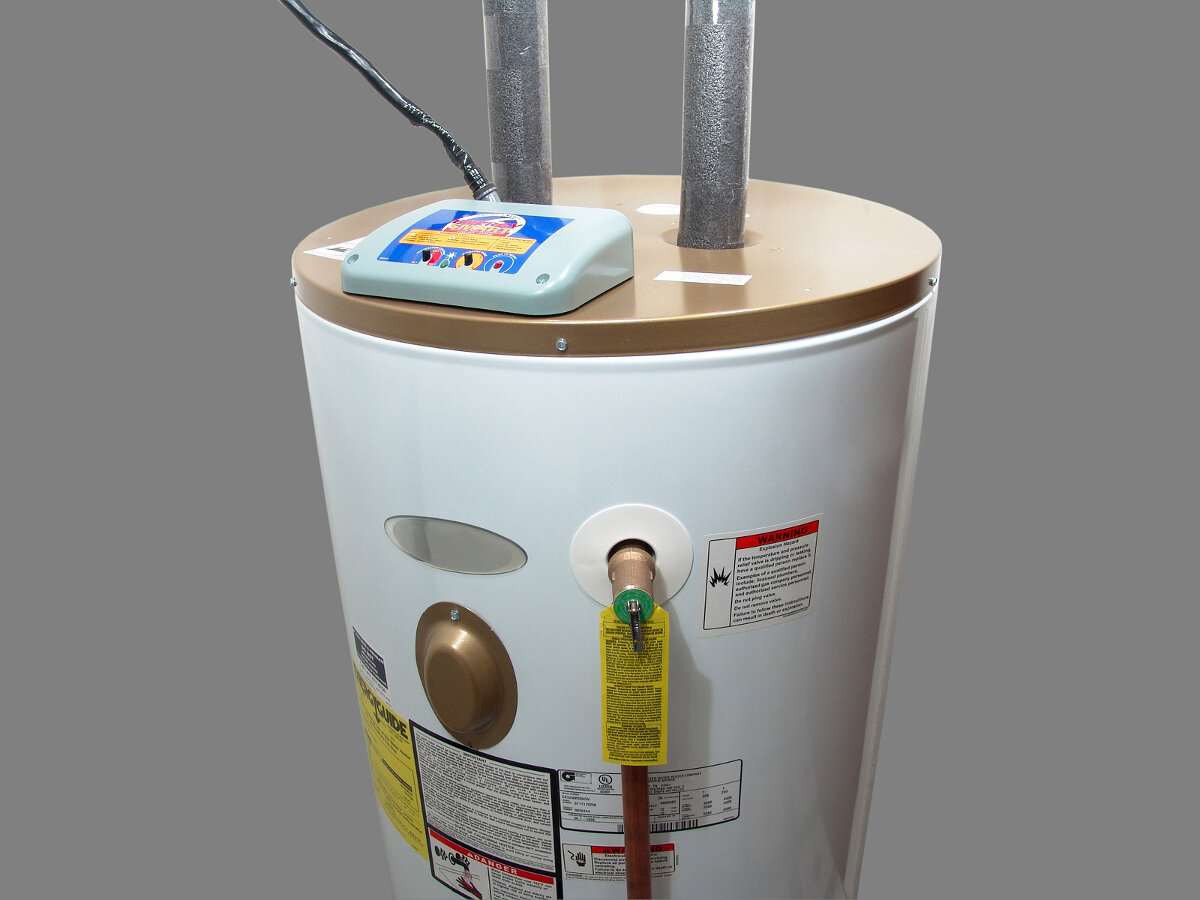
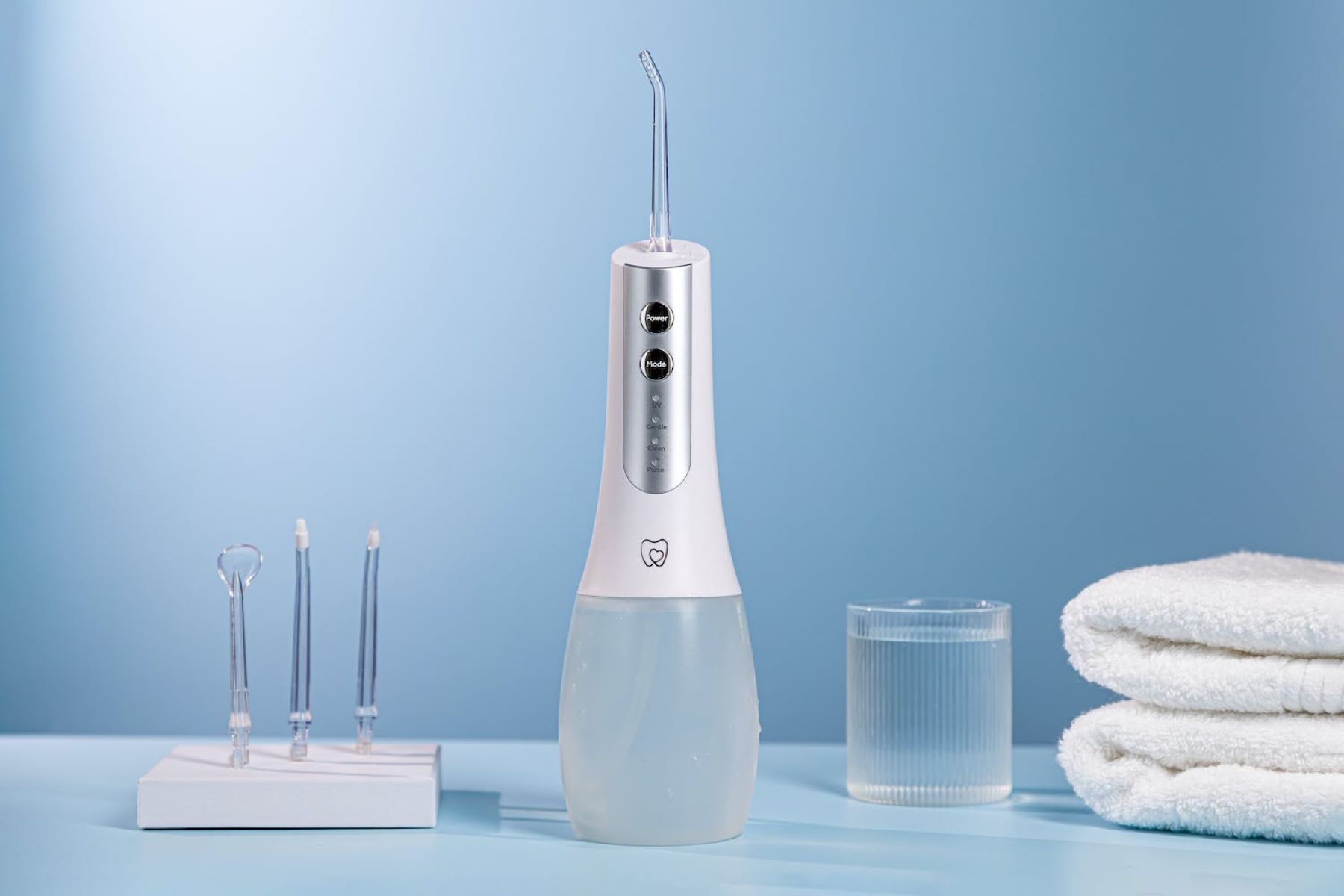
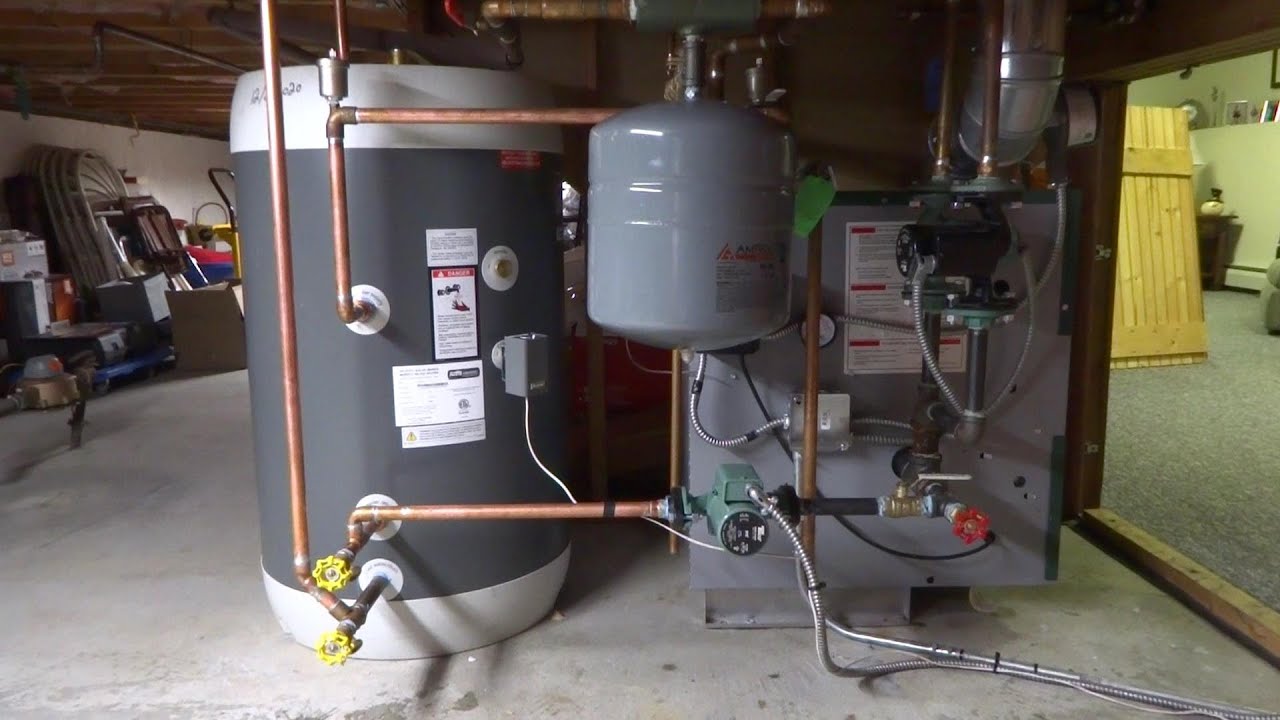
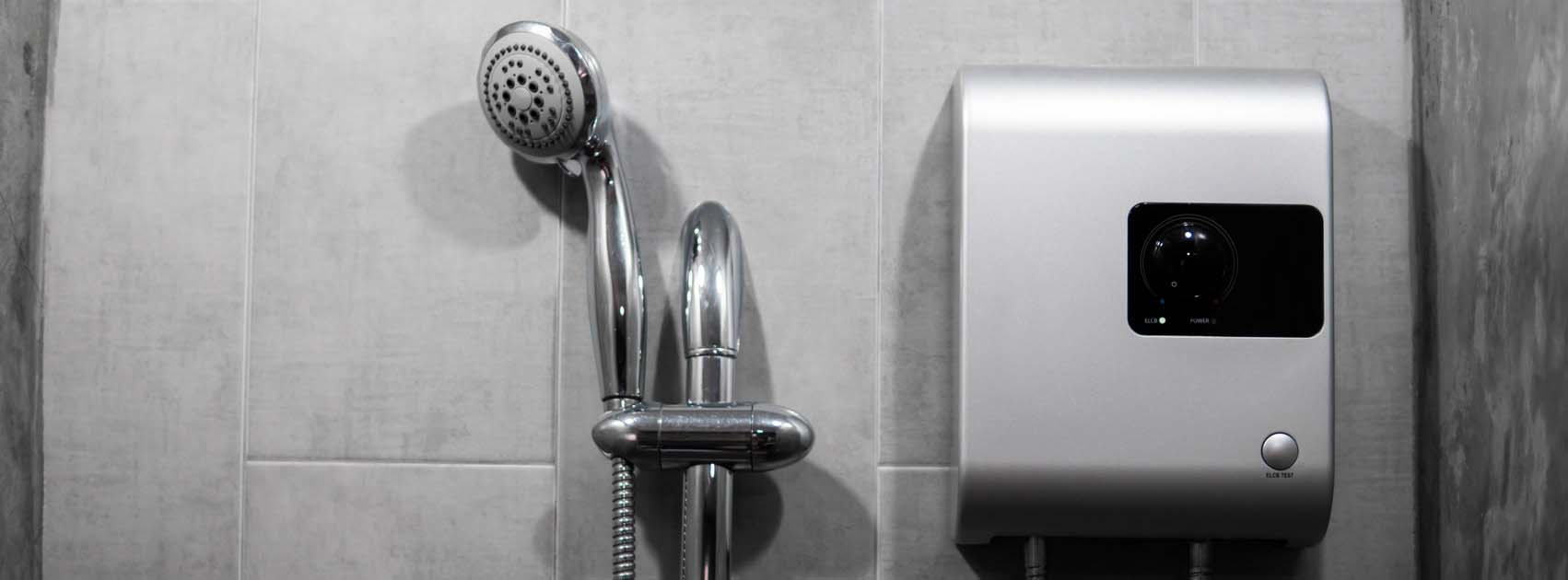
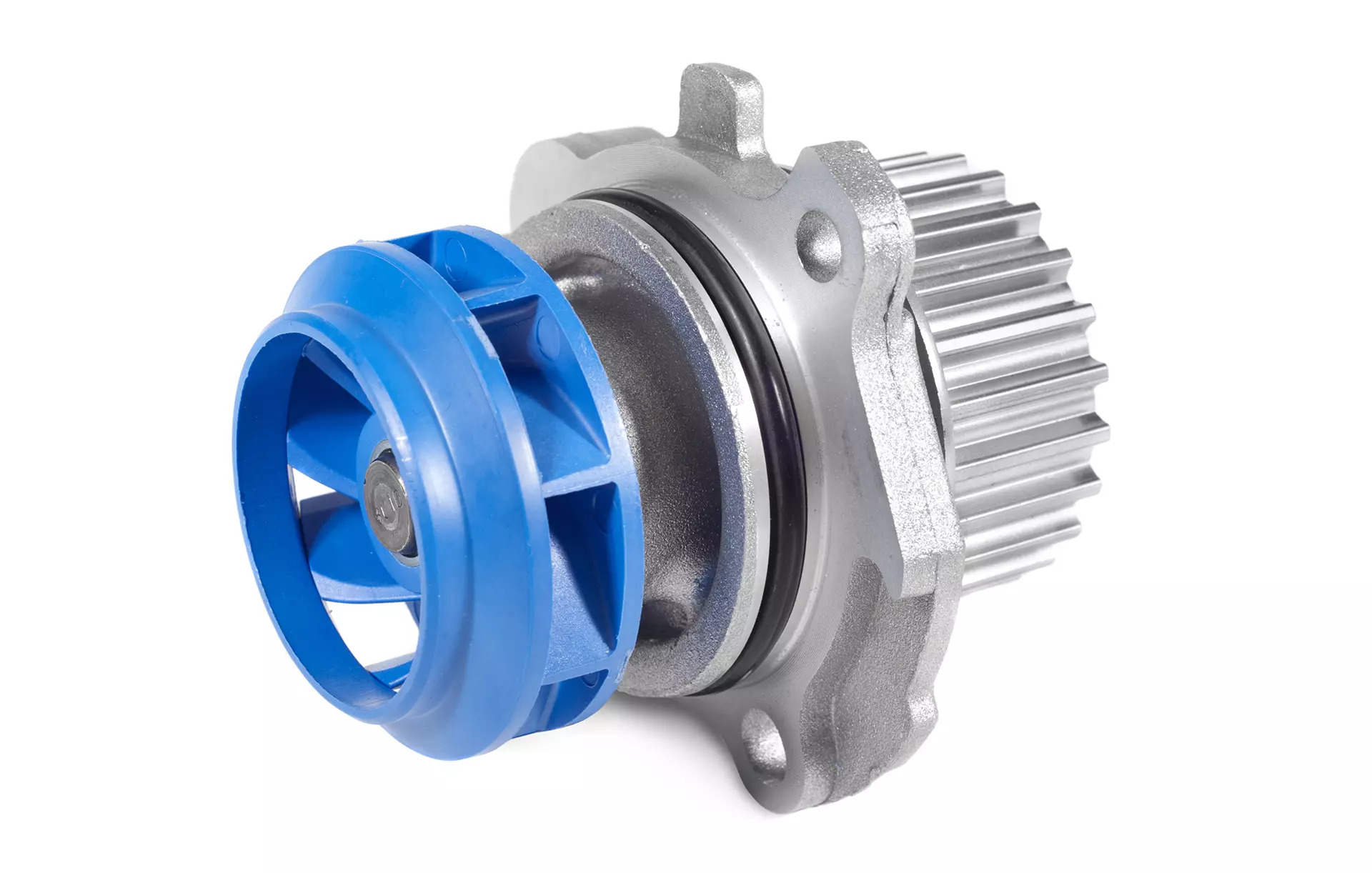
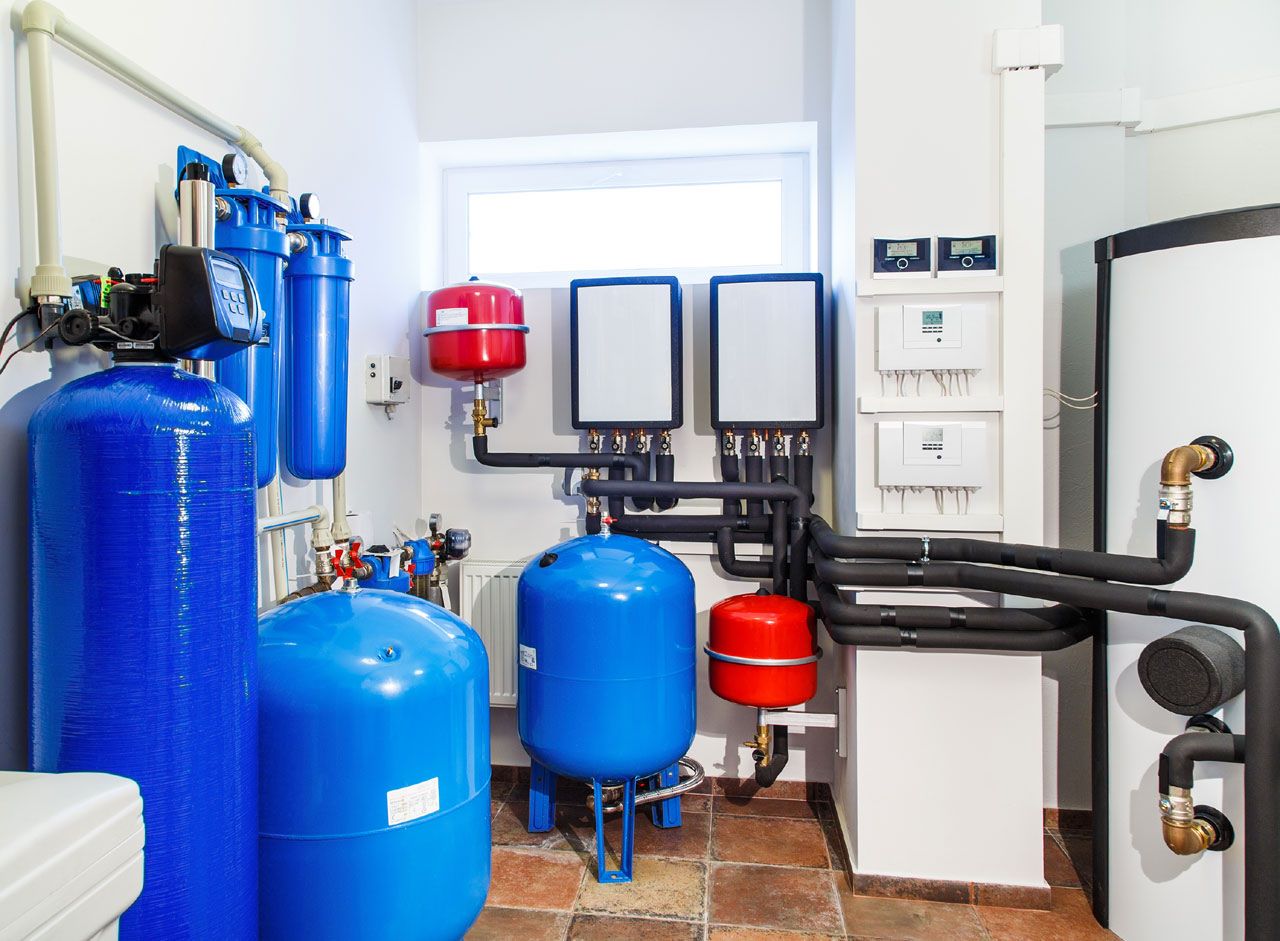

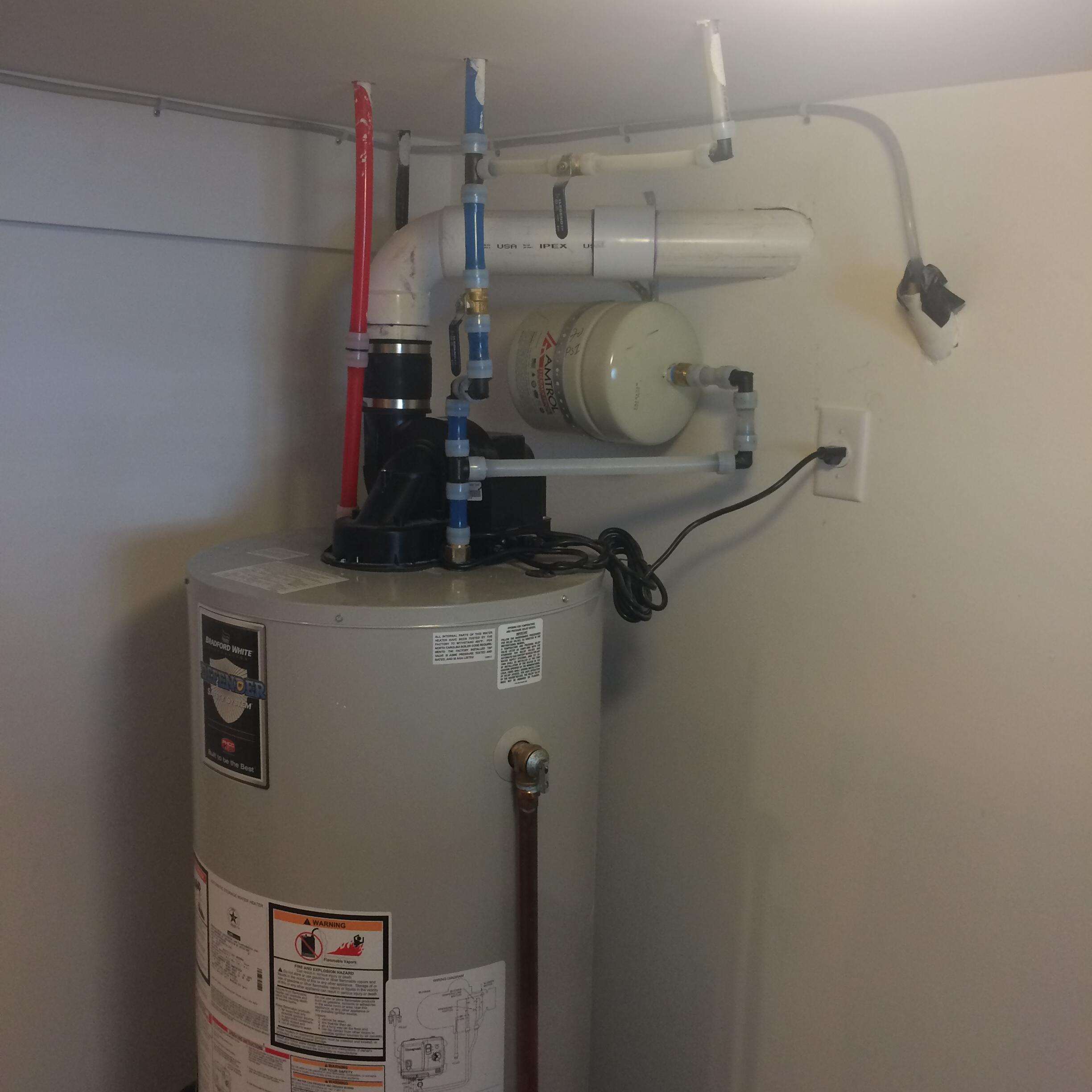
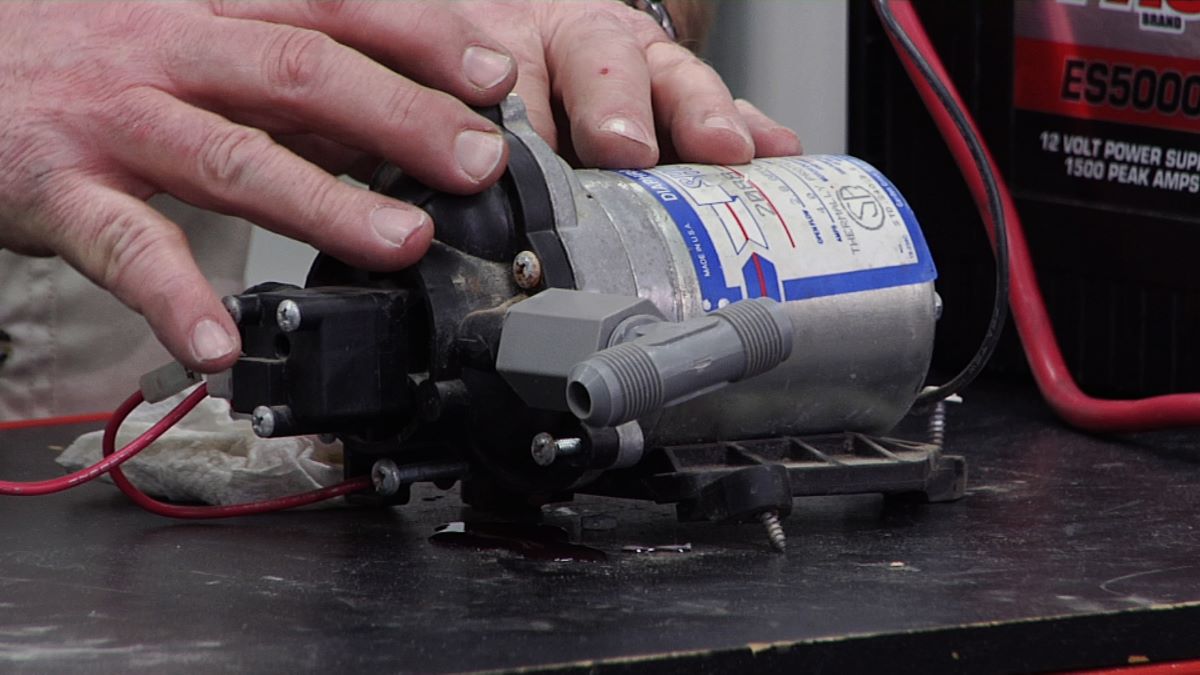
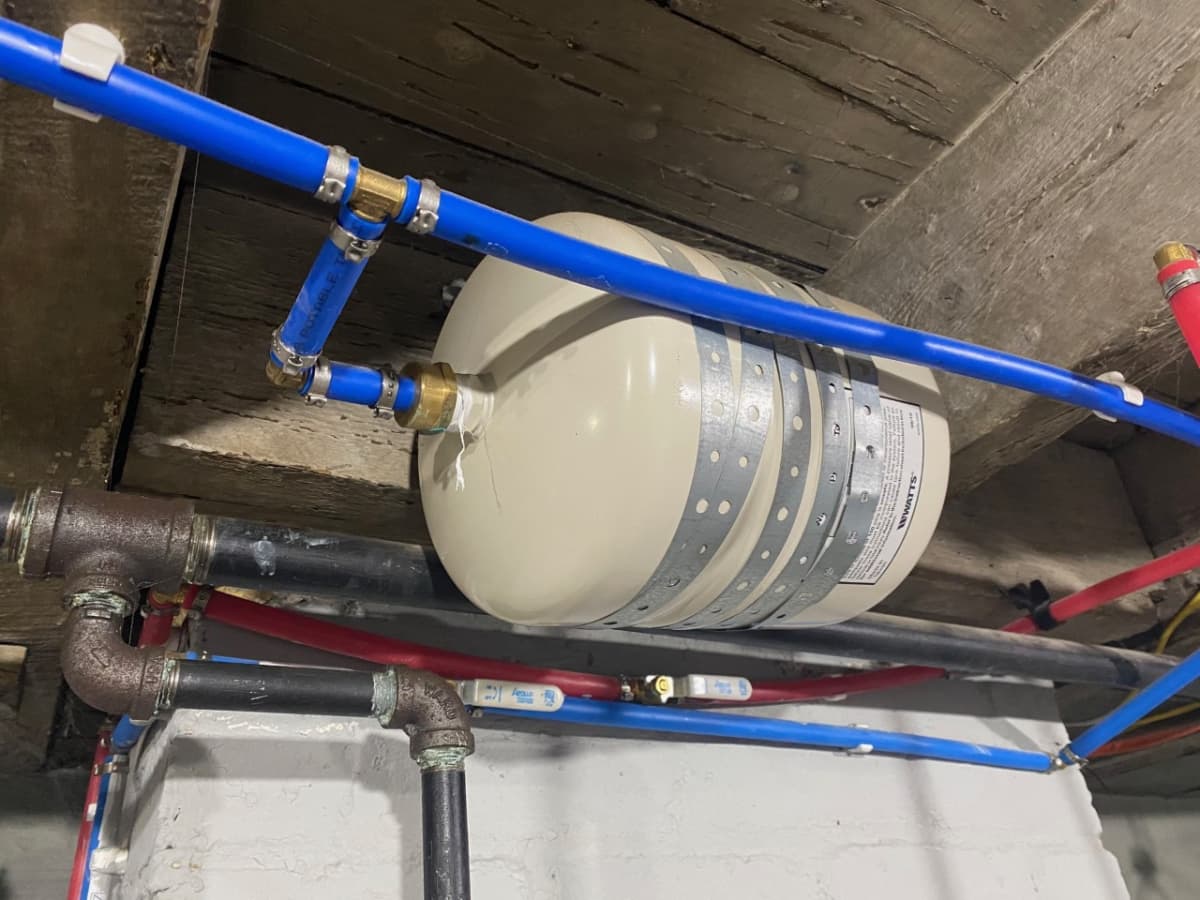
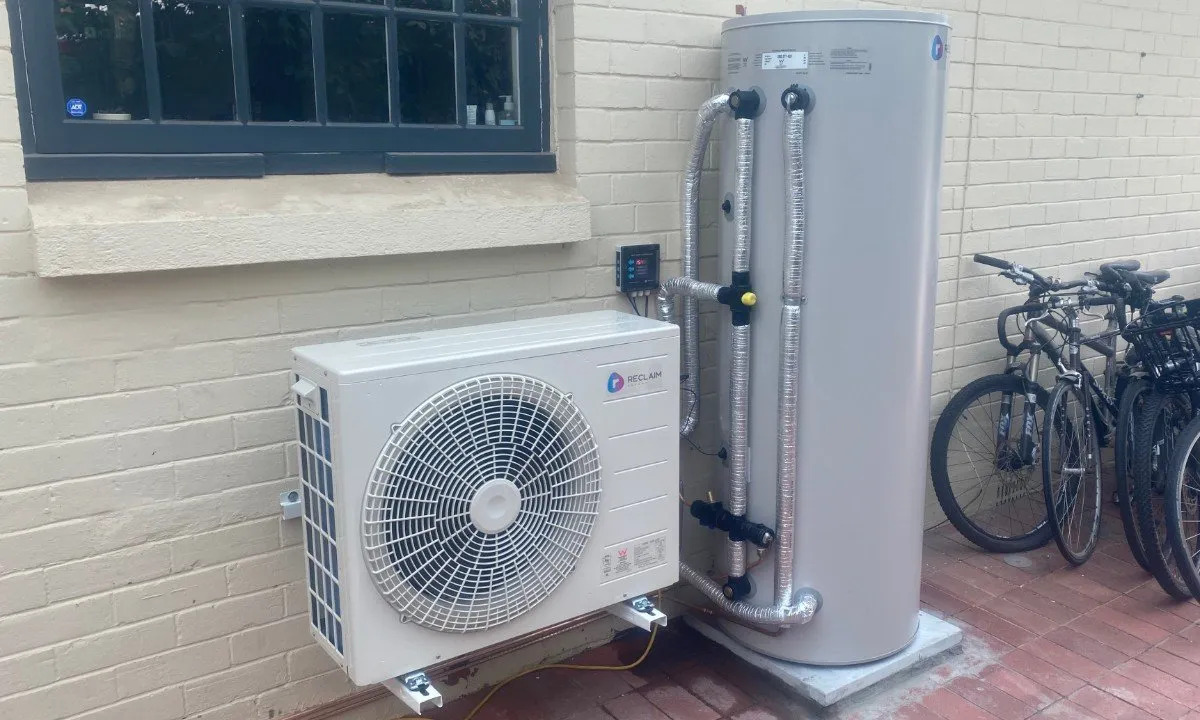
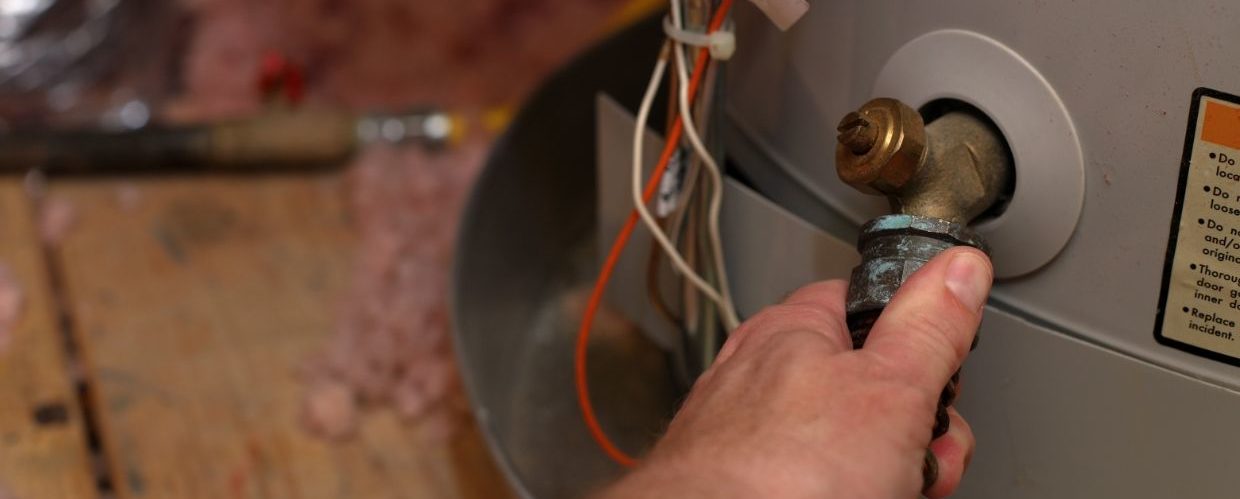
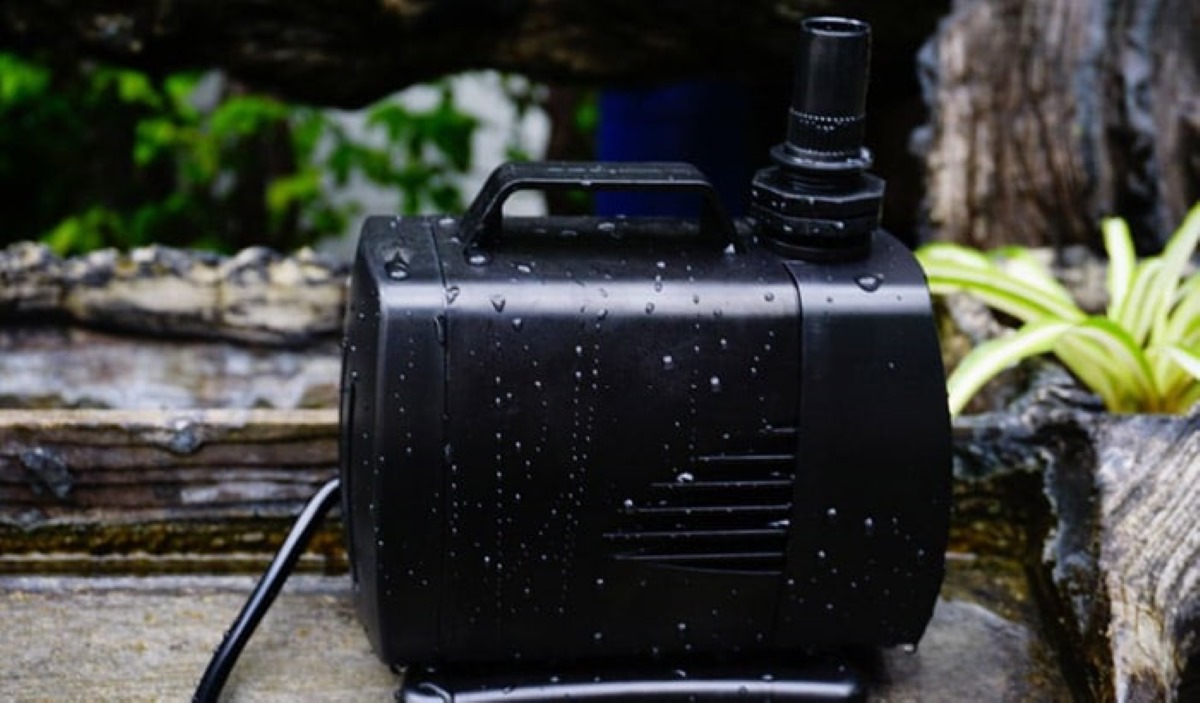


0 thoughts on “What Does An Anode Rod In A Water Heater Do”